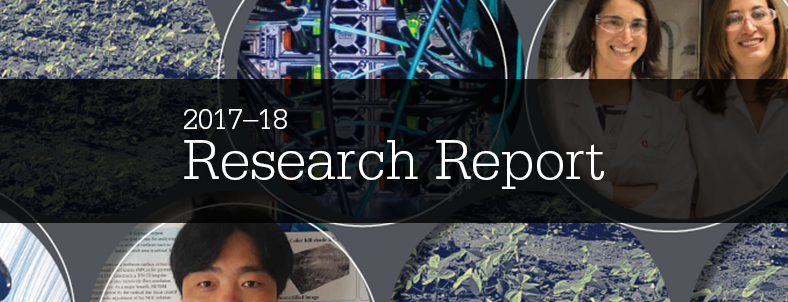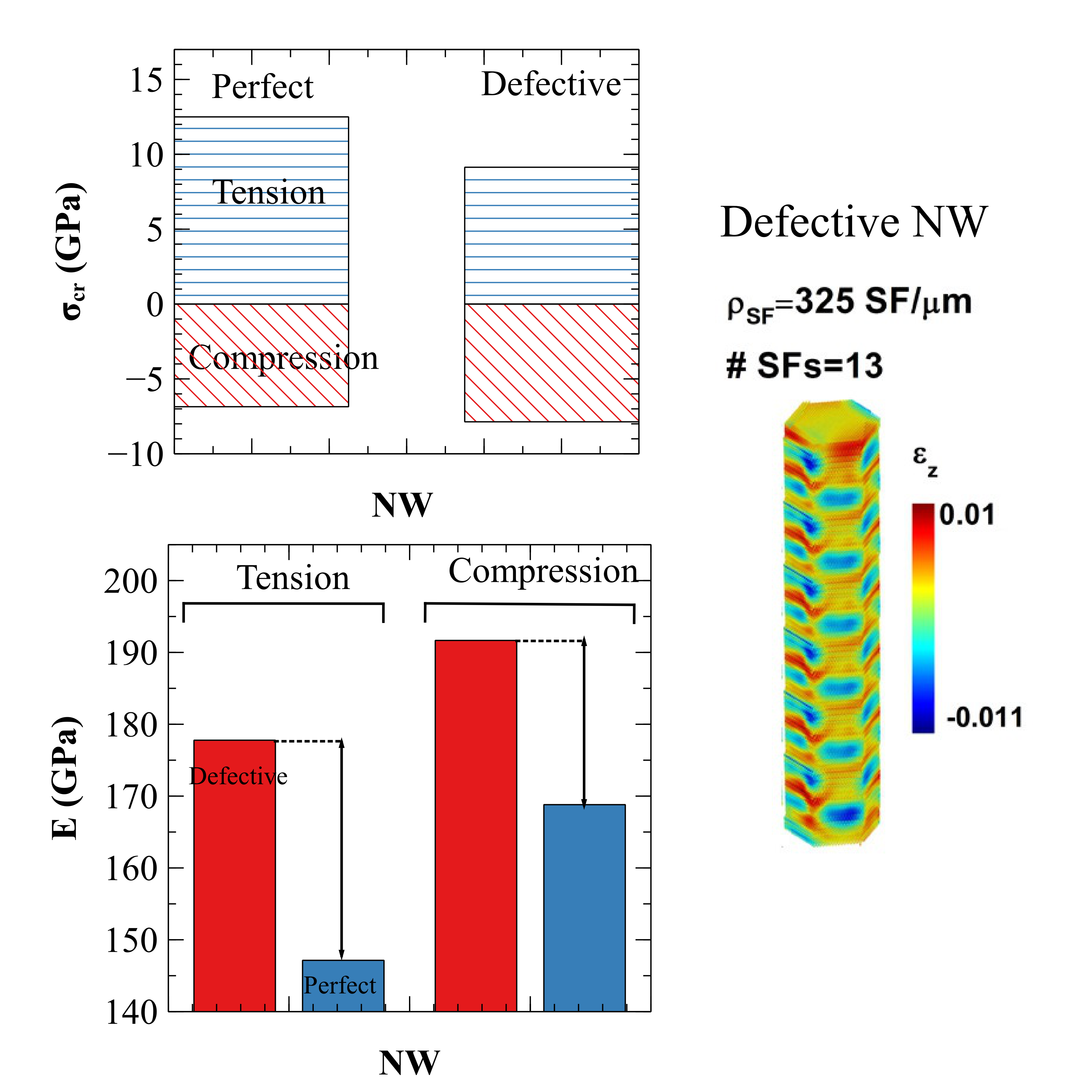Hamed Attariani’s lab can’t look past the flaws in the materials they study – and that’s exactly the point. Attariani, assistant professor in Wright State University’s department of mechanical and material engineering, is flipping the script in the field of nanostructures by exploring how inherent defects in materials could enhance their mechanical properties rather than deteriorate them. Because the material response to an external stimulus is a function of atomic interactions, Attariani uses LAMMPS Molecular Dynamics Simulator on the Ohio Supercomputer Center to model the mechanical characteristics of these structures.
“We’re trying to investigate the mechanical property of materials by changing the defect concentration and type,” Attariani said. “By this method we can explore the material design space and accelerate the material discovery.”
Although nanomaterials are manmade, they inherit defects during the fabrication process. The common belief is these point/planar defects degrade the material. Rather than trying to eliminate these defects through precise control over the synthesis process, Attariani looks to intentionally engineer defects that can improve the mechanical properties of the nanomaterials. While this method has been studied some on the macroscale, using it at a nano level is novel.
“If you move toward the nanoscale you will find a lot of free surfaces that change the material properties,” Attariani said. “Typically, nanostructures are very strong compared to the macrostructures and they show unique characteristics.”
To model the behavior of these nanostructures, researchers need to model a huge number of atoms – Attariani’s current models contain approximately 300,000 atoms. This is where the power of supercomputing comes in.
“There’s no way that we can do it with a single processor. If I were to do it with a single processor, it might take years to model just one single nanocrystal,” Attariani said. “So that’s the reason that having access to the supercomputers and parallel processing is a must. Without having access to these types of advance computing infrastucture, there is no way we could do this.”
The one-dimensional materials Attariani works with include zinc oxide that serves as a nano energy-generators; when a mechanical load is applied, it generates electricity. As electronics such as cell phones, lasers and remote sensors shrink, these materials can provide a power source for devices that no longer have space for a battery.
“It’s going to be the future generation of nano-energy harvesters,” Attariani said.
###
Written by Audrey Carson
Project Lead: Hamed Attariani, Ph.D., Wright State University Department of Mechanical and Material Engineering
Research Title: Material by Design: A new road map to strengthen low-dimensional nanosources with defect engineering
Funding Source: Wright State University
Website: people.wright.edu/hamed.attariani

